Shinto is Japan’s main traditional religion. It originated among ancient tribal cults in prehistoric Japan. Shinto emerged as a religion in its own right between the 5th and 6th Centuries AD, when its precepts were first written down.
Shinto originally performed a political function. It arose to reinforce the authority of the Japanese emperor, holding him to be a direct descendent of the gods.Shinto is free of dogma, and does not require its faithful to follow harsh practices. As a result, it is open to influence from other religions, such as Buddhism, which came to Japan from China in the 6th Century AD.
Since then, the two religions have exerted equal influence on Japanese spirituality, and most Shintoists consider themselves Buddhists, too.The word Shinto means “the way of the Gods.”
The religion maintains that there are an infinite number of deities known as kami. Shintoists consider all the objects in the world physical manifestations of their gods. These deities do not fall into any hierarchy. However, some of them, such as the sun goddess Amaterasu, are more popular than others.
According to more Buddhistic interpretations of Shinto, kami are incarnations of the Buddha. The influence of Buddhism is also evident in Shintoistic ethics, which demand reverence for nature and all living things. Furthermore, Shintoists worship cults of their ancestors and families.
Shinto considers the human soul immortal, but guides its followers toward achieving earthly happiness.To have good luck and serenity in life, man must be pure. Such a state can only be achieved by living in harmony with other creatures. Shintoists pay special attention to personal hygiene, which they consider a reflection of internal purity. Shinto inspired the development of a number of different sects during the 19th Century. If these subgroups are included, there are roughly 100 million followers of Shinto around the world.
Shinto originally performed a political function. It arose to reinforce the authority of the Japanese emperor, holding him to be a direct descendent of the gods.Shinto is free of dogma, and does not require its faithful to follow harsh practices. As a result, it is open to influence from other religions, such as Buddhism, which came to Japan from China in the 6th Century AD.
Since then, the two religions have exerted equal influence on Japanese spirituality, and most Shintoists consider themselves Buddhists, too.The word Shinto means “the way of the Gods.”
The religion maintains that there are an infinite number of deities known as kami. Shintoists consider all the objects in the world physical manifestations of their gods. These deities do not fall into any hierarchy. However, some of them, such as the sun goddess Amaterasu, are more popular than others.
According to more Buddhistic interpretations of Shinto, kami are incarnations of the Buddha. The influence of Buddhism is also evident in Shintoistic ethics, which demand reverence for nature and all living things. Furthermore, Shintoists worship cults of their ancestors and families.
Shinto considers the human soul immortal, but guides its followers toward achieving earthly happiness.To have good luck and serenity in life, man must be pure. Such a state can only be achieved by living in harmony with other creatures. Shintoists pay special attention to personal hygiene, which they consider a reflection of internal purity. Shinto inspired the development of a number of different sects during the 19th Century. If these subgroups are included, there are roughly 100 million followers of Shinto around the world.
RELATED
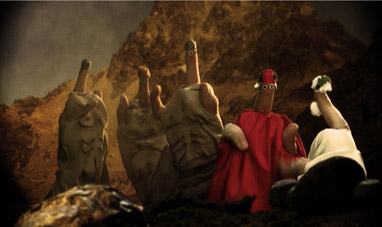

DIVINE COMEDY, PURGATORY


THE GREAT FLOOD


HEAVY METAL


HEART OF DARKNESS


ARIES
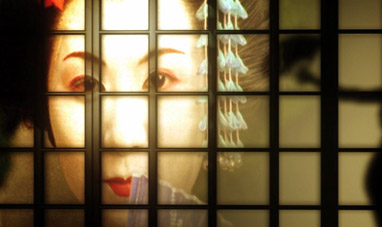

THE GEISHA


MEDEA
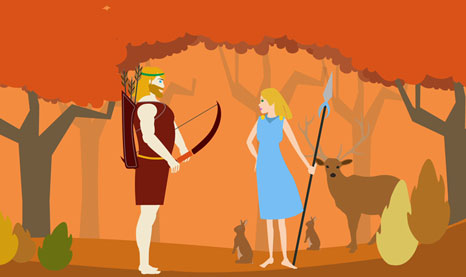

SCORPIO
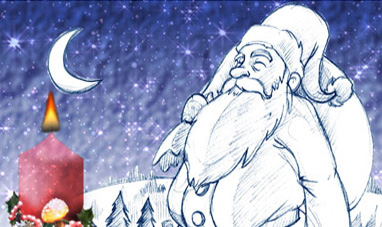

SANTA CLAUS


DIVINE COMEDY, PARADISE
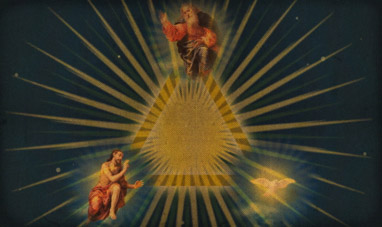

CHRISTIANITY
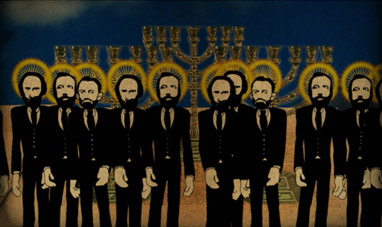

MORMONS


THE WAR OF THE WORLDS


THE ODYSSEY
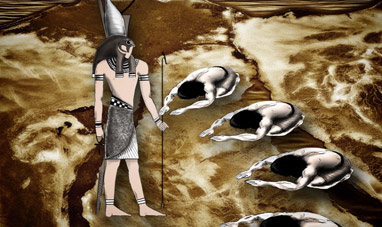

EGYPTIAN MYTHOLOGY


PISCES
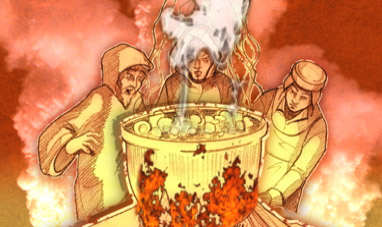

THE PHILOSOPHER'S STONE


REGGAE


ROCK


POP
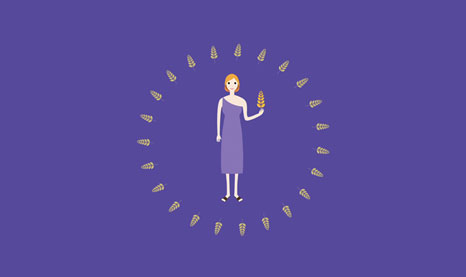

VIRGO


JAZZ
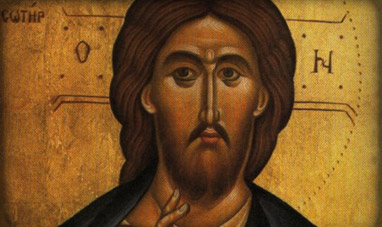

EASTERN ORTHODOX CHRISTIANITY
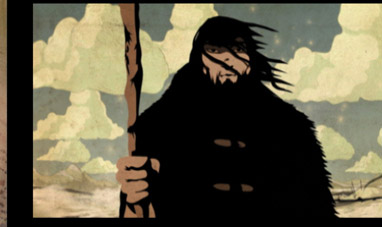

AINU COSMOGONY


THE ILIAD


MAYAN HOROSCOPE, THE
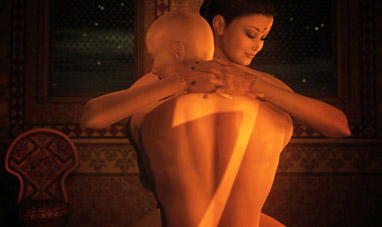

SEX IN THE KAMASUTRA


LEO
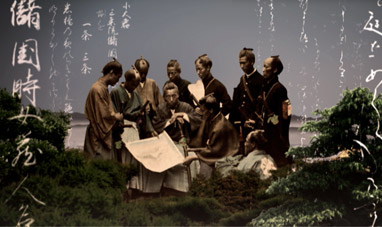

JAPANESE TRADITIONS
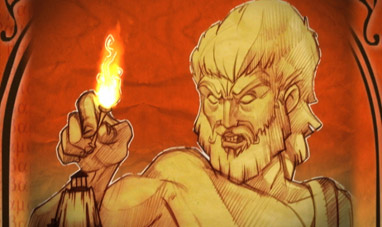

PROMETHEUS
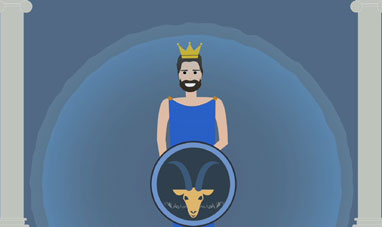

CAPRICORN
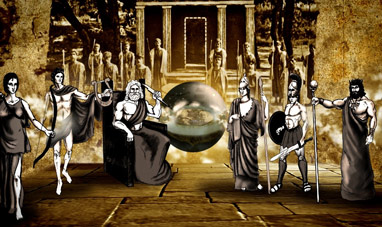

GREEK MYTHOLOGY


GEMINI
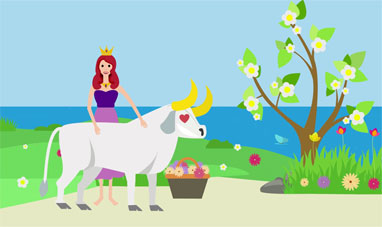

TAURUS


LIBRA
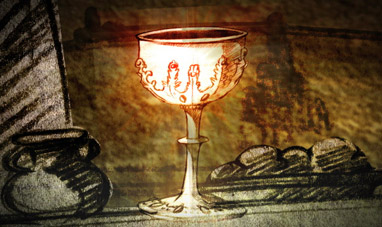

HOLY GRAIL, THE
